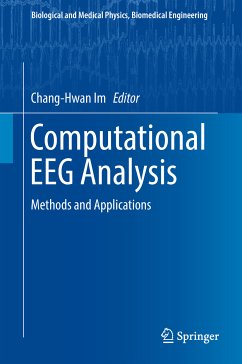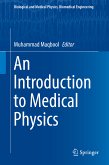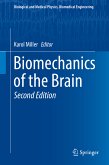Following a brief introduction to the principles of EEG and acquisition techniques, the book is divided into two main sections. The first of these covers analysis methods, beginning with preprocessing, and then describing EEG spectral analysis, event-related potential analysis, source imaging and multimodal neuroimaging, and functional connectivity analysis. The following section covers application of EEG analysis to specific fields, including the diagnosis of psychiatric diseases and neurological disorders, brain-computer interfacing, and social neuroscience.
Aimed at practicing medical specialists, engineers, researchers and advanced students, the book features contributions from world-renowned biomedical engineers working across a broad spectrum of computational EEG analysis techniques and EEG applications.
Dieser Download kann aus rechtlichen Gründen nur mit Rechnungsadresse in A, B, BG, CY, CZ, D, DK, EW, E, FIN, F, GR, HR, H, IRL, I, LT, L, LR, M, NL, PL, P, R, S, SLO, SK ausgeliefert werden.
Hinweis: Dieser Artikel kann nur an eine deutsche Lieferadresse ausgeliefert werden.









